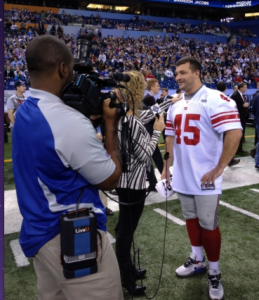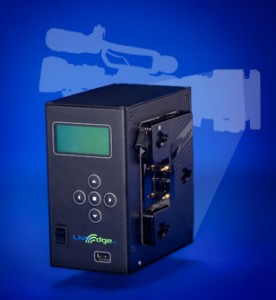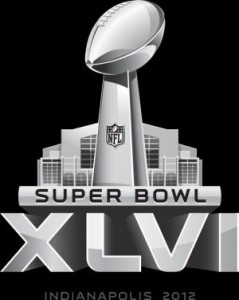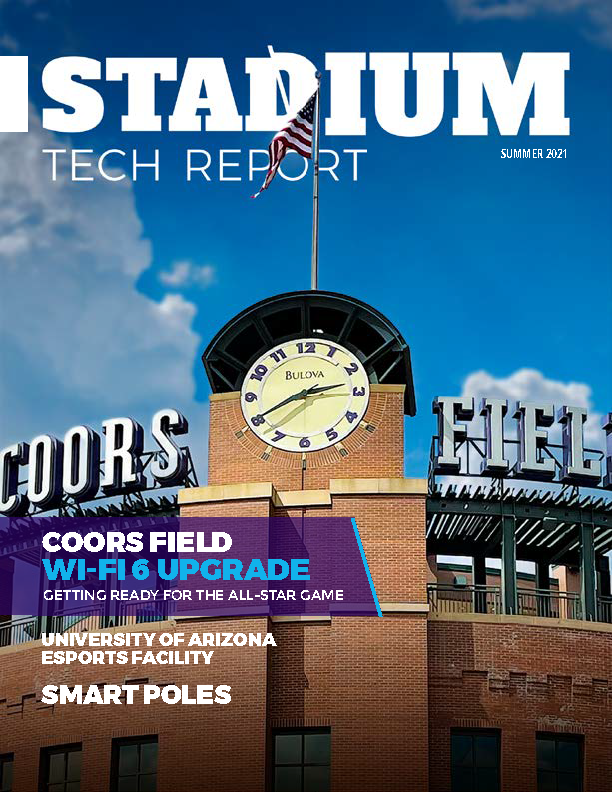While LiveU has done the mobile/cellular thing before for sports its previous solutions were backpack-based to house the equipment that included modems and batteries. The newer LU40i unit, the company said, weighs in at around a pound and a half and can combine up to six 3G or 4G cellular connections to support a “professional HD-quality video uplink.” Our big unanswered question (we have a call in to the company and plan a longer look at mobile cameras soon) is how much does it cost to run one of these babies, since we are guessing that a live video stream would chew through a regular cellular data plan after a few plays. Our guess is that LiveU has some kind of deal with the cellular folks but we’ll know more soon.
The debut of the LU40i unit, which LiveU said was also used at the NBA All-Star Weekend, the Grammies and at CES and SXSW, begs the question of where are its competitors, especially the high profile LiveEdge, a company funded in part by Verizon and one of the companies selected to participate in Verizon’s “incubator” program for startups.
LiveEdge, which originally launched with the idea of putting a WiMAX modem on the back of TV cameras, morphed toward LTE when it became apparent that the major cellular providers were moving to that technology. Last year, the company was highlighted by Verizon’s CEO at CES as one of the new apps for LTE services and scored the unspecified investment from Verizon as well as the incubator spot.But since then there’s been nothing but crickets from LiveEdge, whose former CEO, Robert Klingle, has apparently left the building since he’s no longer listed on the company website. In fact the About page looks like it’s recently been truncated; it used to show other execs even after Klingle’s name was taken off earlier this year but now it’s blank. Repeated calls and emails to both Verizon and LiveEdge have gone unanswered, though one LiveEdge spokesperson who asked to remain unidentified did say several weeks ago that an announcement would be forthcoming soon.
Maybe at next week’s NAB show in Vegas? That’s where LiveU will be showing off the LU40i, which looks like the leader in the space for mobile, broadcast-quality TV.














